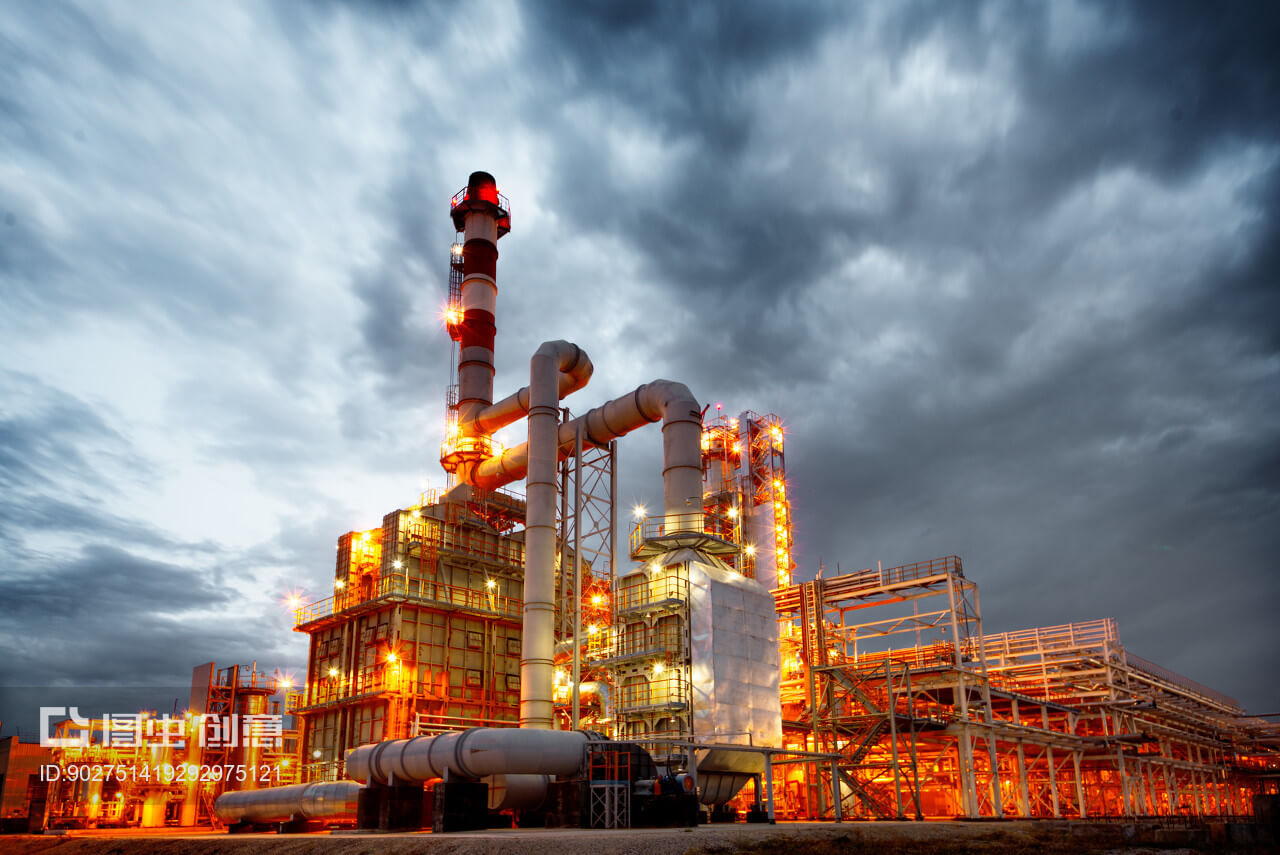Oil edged down after its biggest weekly loss in two years as traders speculated on the volume of an expected OPEC+ supply hike and fears of Middle East tensions disrupting global oil flows dissipated.
West Texas Intermediate crude shed 0.6% to settle near $65 a barrel, following a 13% slump last week. Key members of the Organization of the Petroleum Exporting Countries and its allies are ready to consider another 411,000 barrel-a-day increase for August when they meet Sunday, according to several delegates. It would be the fourth month in a row the group agreed on such a bumper hike, triple the initially planned volumes.
“Crude futures continue in a consolidation pattern, seemingly finding equilibrium around the $65 a barrel area,” said Dennis Kissler, senior vice president for trading at BOK Financial Securities. “The real test will be if summer travel demand can take up the extra supplies OPEC will be adding. The wild card again focuses on Iran and their compliance.”
Hedge funds piled into bearish bets after a fragile Iran-Israel truce removed a super-sized geopolitical risk premium from the market last week. Though Iran remains skeptical the US-brokered ceasefire will last, US President Donald Trump suggested he might back sanctions relief for the Islamic Republic “if they can be peaceful.”
Meanwhile, trend-following commodity trading advisers, which tend to exacerbate price swings, liquidated long positions to sit at 45% net long in WTI on Monday, compared with 55% on June 27, according to data from Bridgeton Research Group.
Oil is back near where it was before Israel initially attacked Iran on June 13, with futures on track for a 9% loss this quarter, as focus returns to supply and demand balances. Apart from the potential OPEC+ increase, which may worsen a glut forecast for later this year, investors will be focused on trade talks — with just 10 days until Trump’s country-specific tariffs are set to resume.
There were signs of progress in some negotiations, with Canada rescinding a tax to advance a trade arrangement and seeking a deal by July 21. The European Union is willing to accept Trump’s universal tariff but is pushing for exemptions on key sectors.
The oil demand outlook for China — the biggest crude importer — turned slightly less bearish after factory activity improved for a second month, although it still remained in contraction.
Oil Prices
- 人民日报点名光伏、锂电行业“内卷式”竞争,将采取多种措施治理
- 国资委召开央企迎峰度夏能源电力保供工作推进会,强调提升新能源消纳和调控能力
- 山东烟台:2024年,省级财政下达海上风电财政补贴资金4596.75万元
- 国家发改委:抓好三个统筹提升新能源消纳能力
- 浙江奉化:2025年5月已新增光伏装机13.73万千瓦
- Enfinity扩大美国信贷额度,支持新能源部署
- 上海合作组织能源部长会签约12GW能源项目
- Shelf Drilling wins Saudi Aramco rig extension deal
- Shelf Drilling赢得沙特阿美钻井平台扩建协议
- Norway’s Amon Maritime unveils ammonia-powered bulk carrier venture





